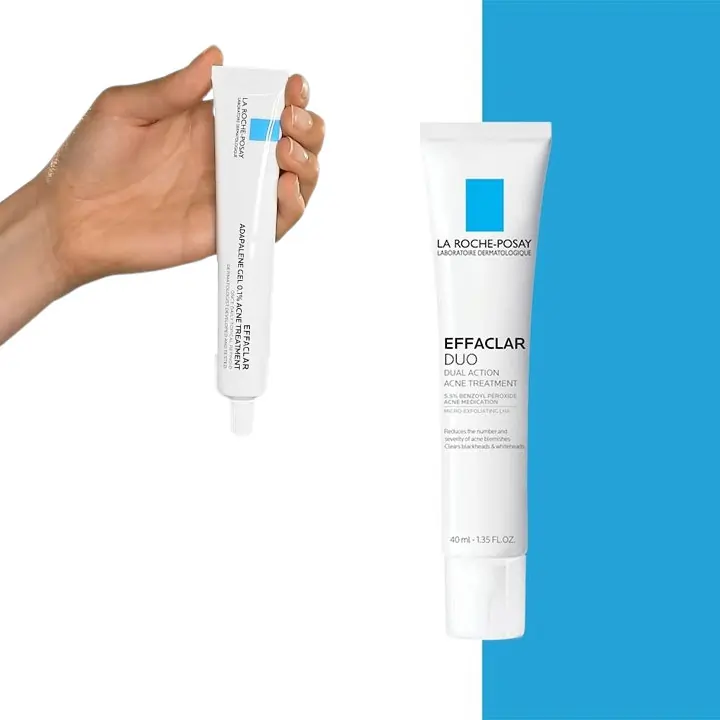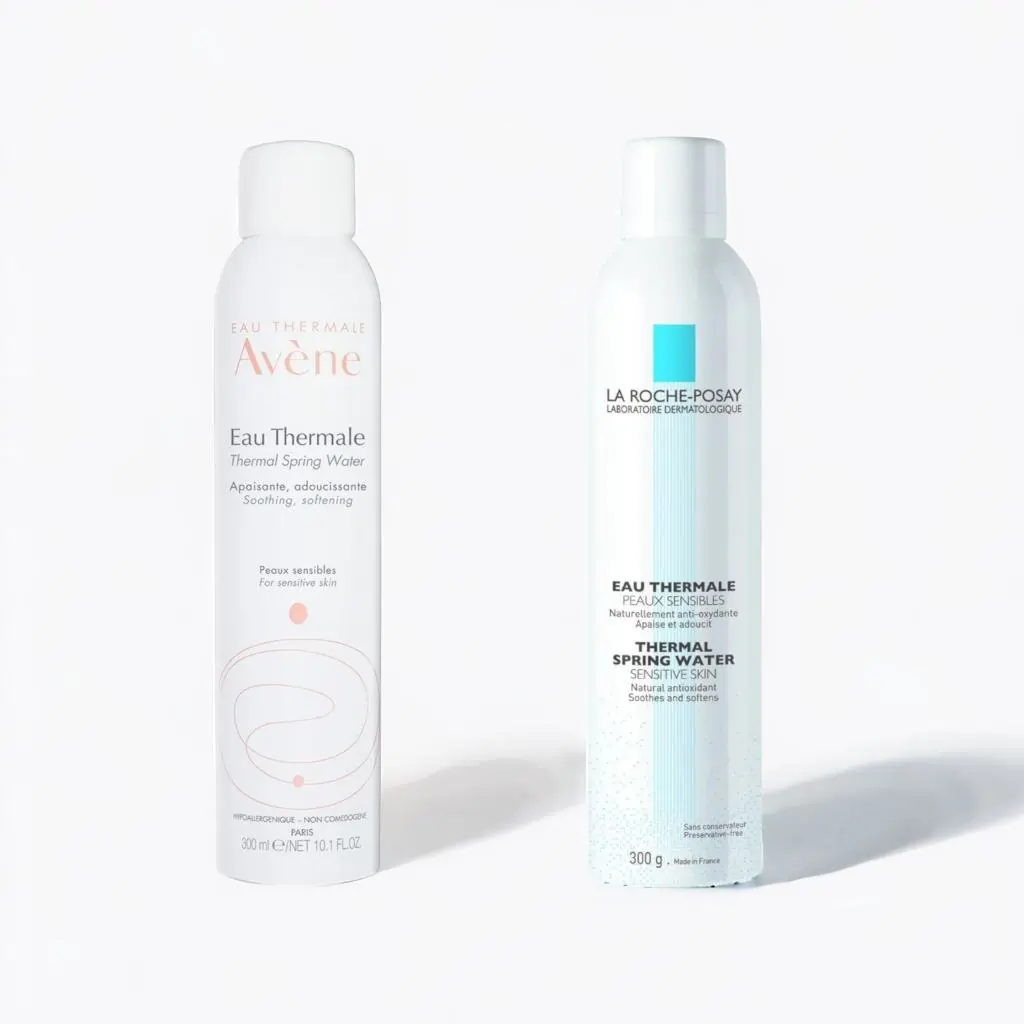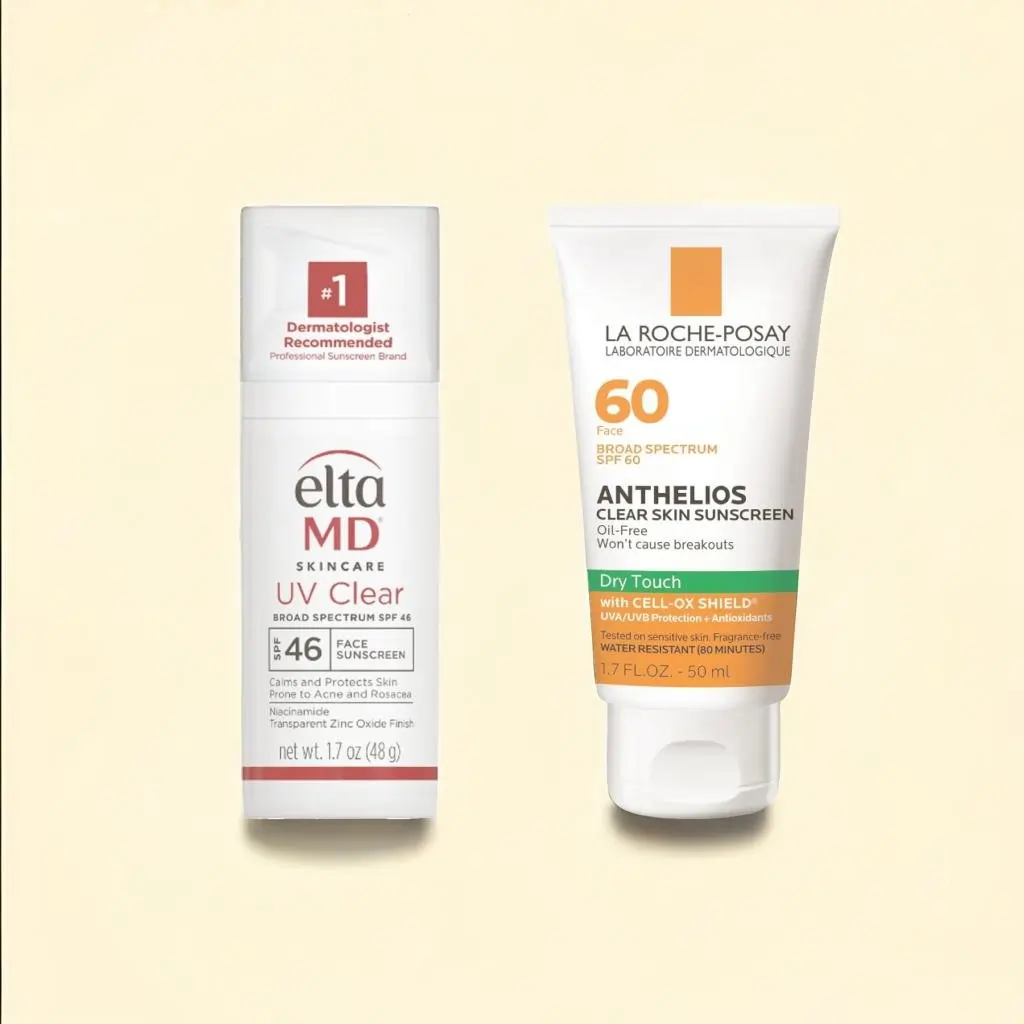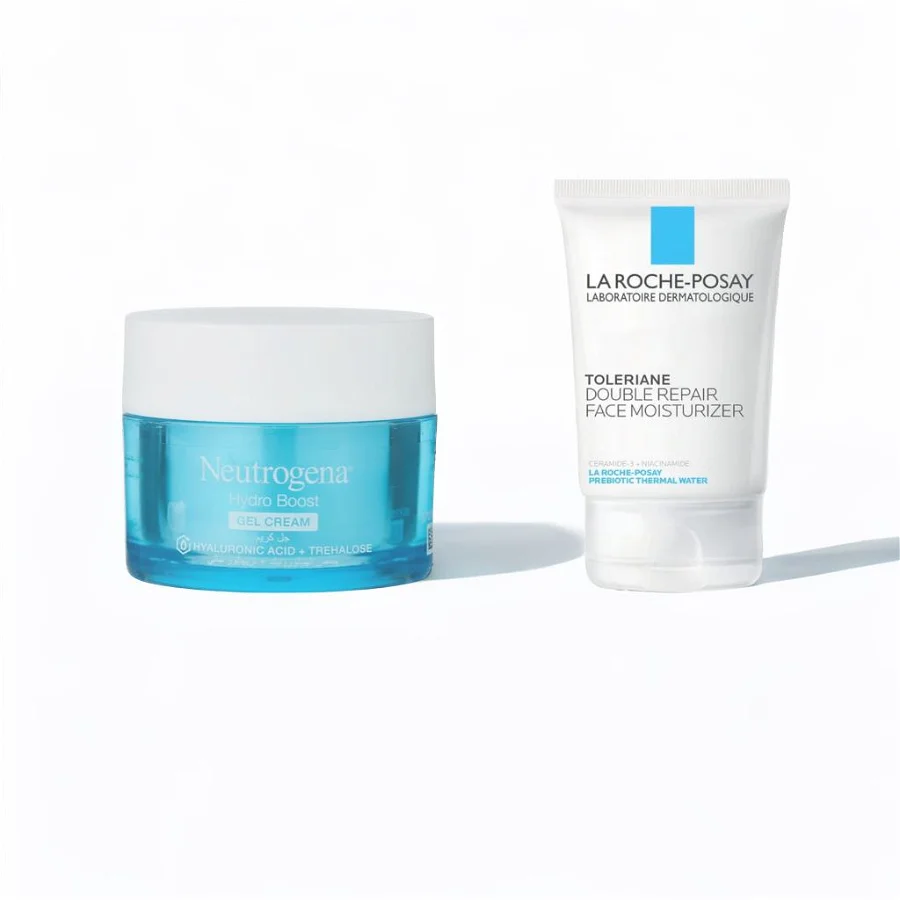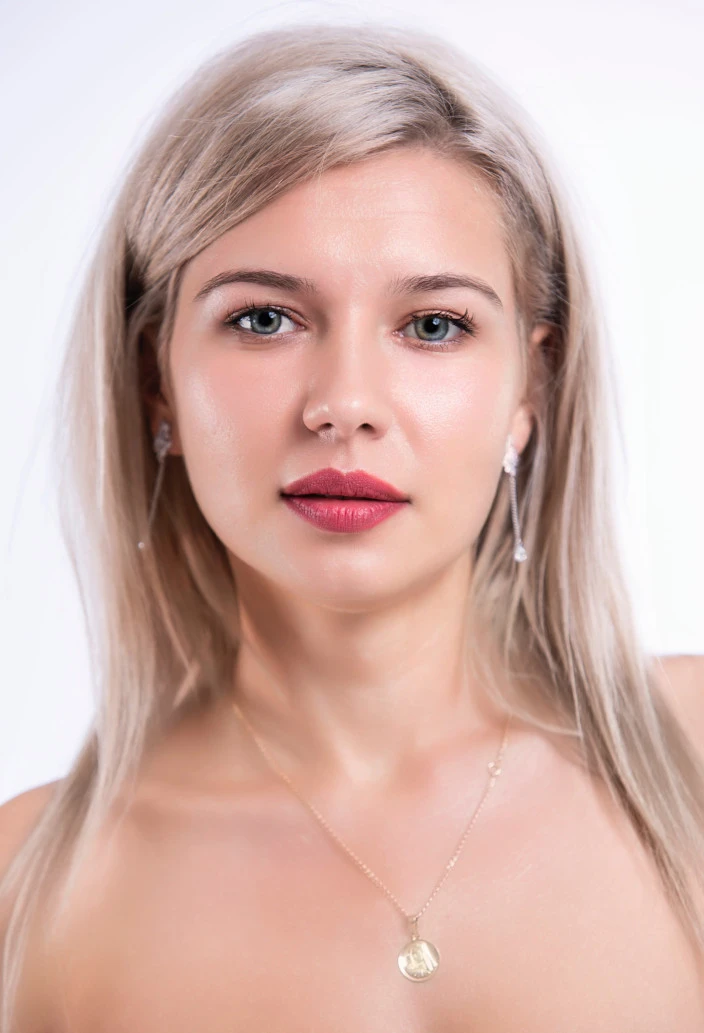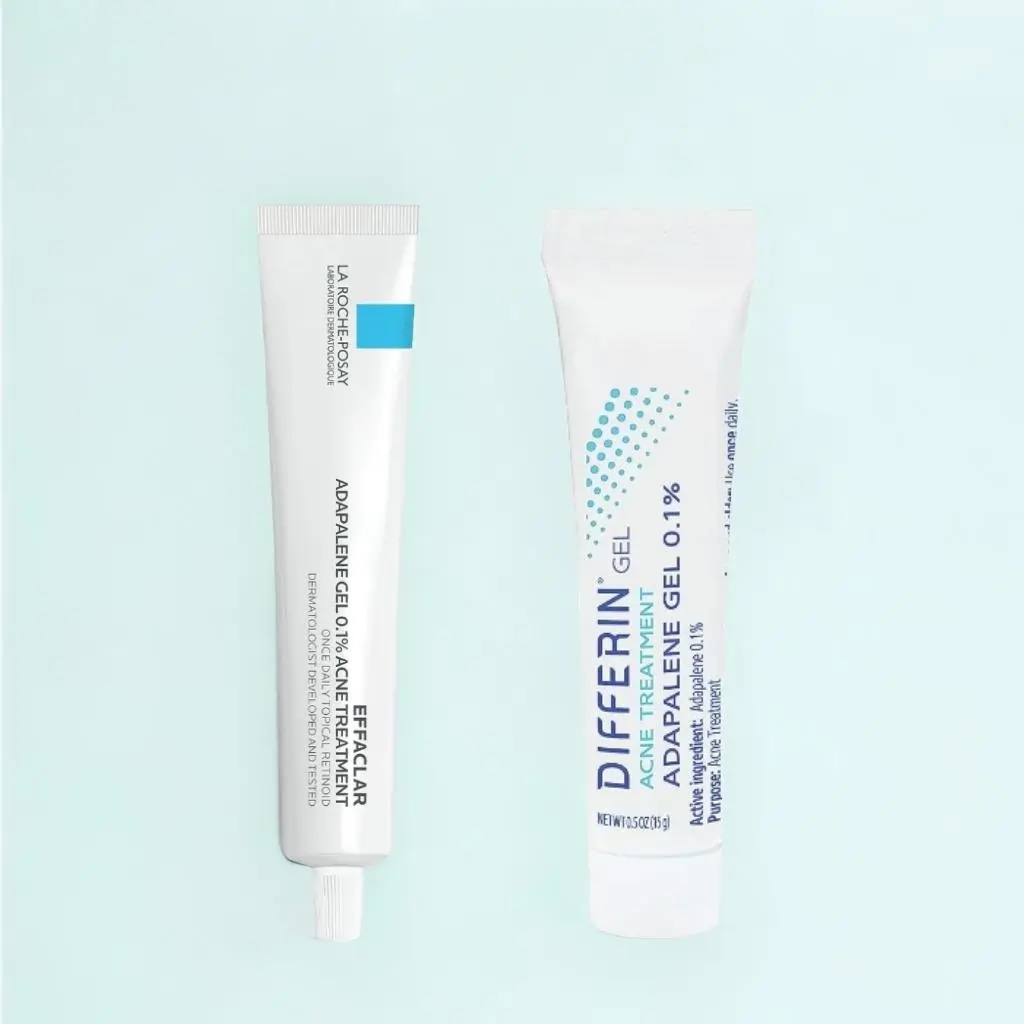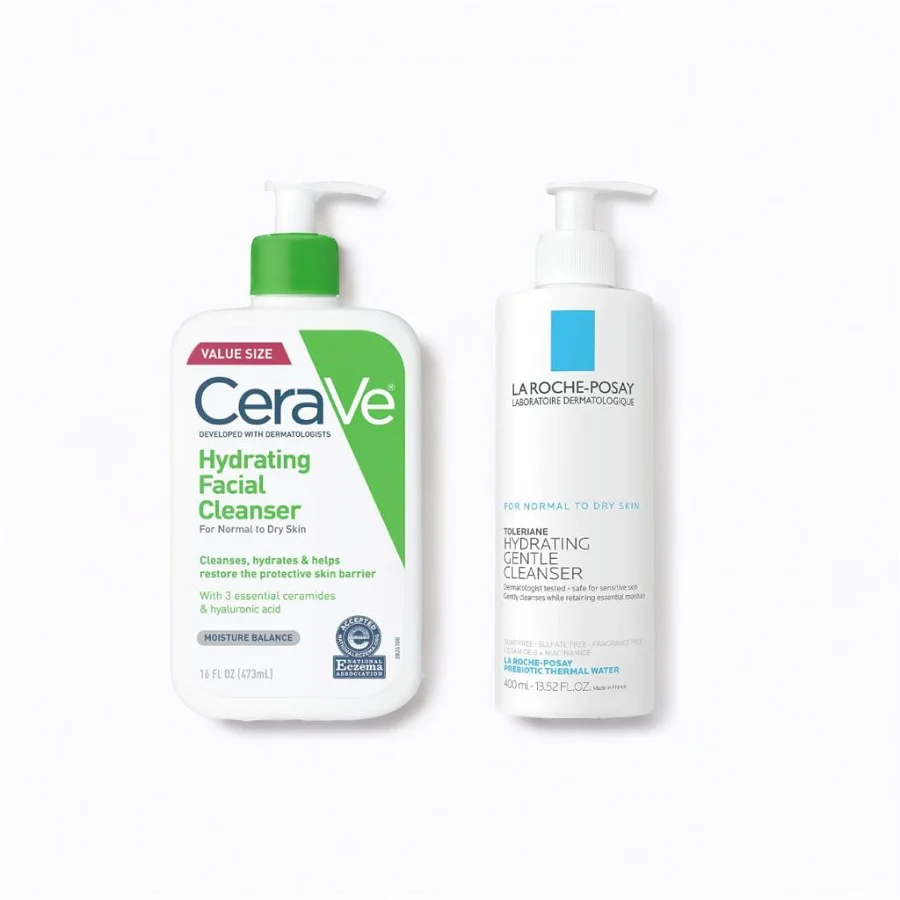
So, you've decided you want to try one of La Roche Posay's best-selling acne treatments, but you can't quite figure out what the differences are? We've all been there, don't worry!
Come with us as we compare the La Roche Posay Effaclar Duo vs La Roche Posay Effaclar Adapalene Gel 0.1% side-by-side to help you decide which is right for you. Enjoy!
La Roche Posay Effaclar Duo vs Adapalene
La Roche Posay Effaclar Duo Acne Spot Treatment is a powerful acne-fighting product designed to tackle blemishes, pimples, blackheads, and whiteheads. Its main ingredients, 5.5% Micronized Benzoyl Peroxide and micro-exfoliating Lipohydroxy Acid, work together to provide visible results in just a few days. It can be used either as a spot treatment or all over the face.
On the other hand, La Roche Posay Effaclar Adapalene Gel 0.1% is the first prescription-strength topical retinoid available without a prescription. It is primarily intended as a full-face treatment, and much like Effaclar Duo, it helps to clear and prevent blackheads, whiteheads, acne blemishes, and clogged pores, except with a different active: 0.1% Adapalene.
In essence, the comparison between the Effaclar Duo and Effaclar Adapalene Gel boils down to the primary active ingredients in each product: Benzoyl Peroxide and Adapalene, respectively.
Benzoyl peroxide, found in Effaclar Duo, is an over-the-counter (OTC) medication that has been widely used for decades to treat mild to moderate acne. It works as an antimicrobial agent, killing the acne-causing bacteria, Propionibacterium acnes (P. acnes), and as an oxidizing agent, helping to unclog pores and reduce inflammation. Here are some key points about Benzoyl Peroxide:
- Fast-acting: Benzoyl peroxide is known for its quick results, making it an excellent choice for those seeking rapid improvement in their acne symptoms.
- Effective for inflammatory acne: It is particularly effective for treating red, raised, and inflamed acne blemishes, such as pimples and pustules.
- Potential side effects: Benzoyl peroxide can cause skin dryness, peeling, and irritation, especially when used in higher concentrations or when first starting treatment. It can also bleach fabric, so be cautious when using it near clothing, towels, or bedding.
Adapalene, present in the Effaclar Adapalene Gel, is a topical retinoid—a class of medications derived from vitamin A. It is primarily used to treat mild to moderate acne, but it can also be used for more severe cases in combination with other treatments. Adapalene works by regulating skin cell turnover, helping to unclog pores, reduce inflammation, and prevent the formation of new acne. Here are some key points about Adapalene:
- Gradual improvement: Adapalene generally takes longer to show visible results compared to benzoyl peroxide, often requiring several weeks or months of consistent use before improvements are seen.
- Effective for non-inflammatory acne: Adapalene is particularly effective in treating non-inflammatory acne, such as blackheads and whiteheads, making it a suitable choice for those with comedonal acne.
- Milder side effects: Adapalene tends to have fewer and milder side effects than benzoyl peroxide. Some users may experience mild skin irritation, redness, or dryness, but these side effects often subside as the skin becomes accustomed to the treatment.
Ultimately, the choice between these two La Roche Posay acne treatments depends on the type of acne you're experiencing. For instance, if you're looking for a powerful acne spot treatment that tackles inflammatory acne (i.e. red, raised acne blemishes and pimples), the La Roche Posay Effaclar Duo might be an excellent choice. Its 5.5% Benzoyl Peroxide and Lipo-hydroxy Acid formula work together to provide fast results and can be used on specific spots or all over the face.
On the other hand, if your main concerns are blackheads and whiteheads (non-inflammatory acne), La Roche Posay Effaclar Adapalene Gel 0.1% may be the better choice for you. As a prescription-strength topical retinoid, it effectively clears and prevents clogged pores, leaving your skin looking smoother and more radiant.
It's also worth mentioning that some people might find it beneficial to incorporate both products into their skincare routine. Just be sure to consult your dermatologist before combining treatments, as combining two potent actives such as these without understanding what your skin can tolerate is typically a one-way ticket to chemical burns.
Looking for an inflammatory acne treatment?
Try the La Roche Posay Effaclar Duo
Looking for a non-inflammatory acne treatment?
Try the La Roche Posay Effaclar Adapalene Gel

La Roche-Posay Effaclar Adapalene Gel 0.1% Acne Treatment
Prescription-strength topical retinoid for acne.
Pros
Milder side effects
Cons
Takes longer for results
What makes it special? The first prescription-strength topical retinoid for acne available without a prescription. This once daily acne treatment with adapalene gel 0.1% helps clear and prevent blackheads, whiteheads, acne blemishes and clogged pores. Dermatologist developed and tested.
Pros
Fast visible results
Cons
Can cause dryness
What makes it special? Our best spot treatment for acne reduces the number and severity of acne blemishes, pimples, blackheads and whiteheads. Formulated with 5.5% micronized benzoyl peroxide and micro-exfoliating lipo-hydroxy acid, this acne spot treatment provides fast and visible results in less than 3 days.
